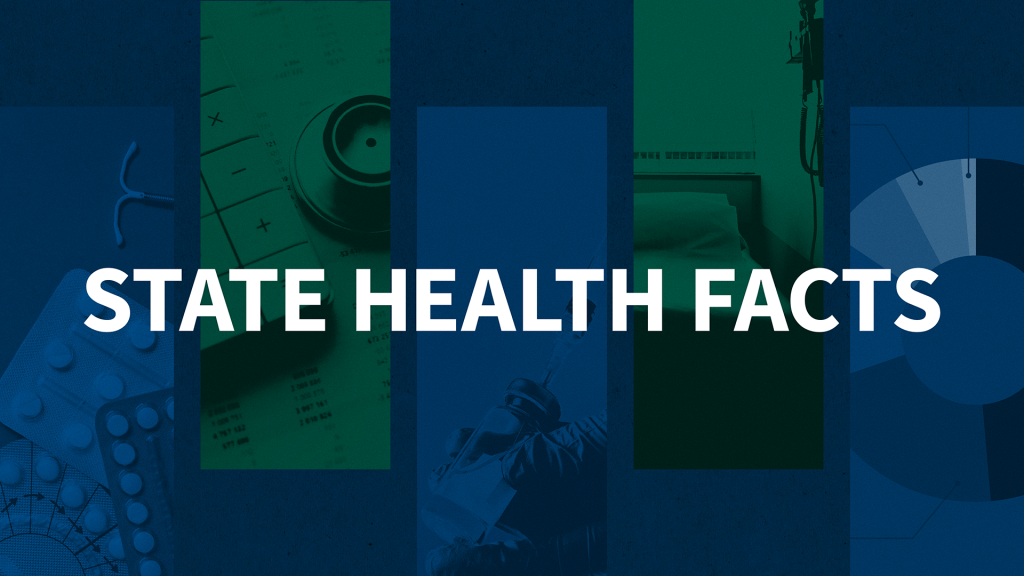Chartpack: Health Care One Year After Hurricane Katrina
This chartpack highlights key data which was taken from the June 2006 Kaiser Health Poll Report and focuses on the public's views about the response to Hurricane Katrina. Chartpack (.
The independent source for health policy research, polling, and news.
KFF’s policy research provides facts and analysis on a wide range of policy issues and public programs.
KFF designs, conducts and analyzes original public opinion and survey research on Americans’ attitudes, knowledge, and experiences with the health care system to help amplify the public’s voice in major national debates.
KFF Health News is a national newsroom that produces in-depth journalism about health issues and is one of the organization’s core operating programs.
State Health Facts is a KFF project that provides free, up-to-date, and easy-to-use health data for all 50 states, the District of Columbia, and the United States. It offers data on specific types of health insurance coverage, including employer-sponsored, Medicaid, Medicare, as well as people who are uninsured by demographic characteristics, including age, race/ethnicity, work status, gender, and income. There are also data on health insurance status for a state's population overall and broken down by age, gender, and income.
This chartpack highlights key data which was taken from the June 2006 Kaiser Health Poll Report and focuses on the public's views about the response to Hurricane Katrina. Chartpack (.
The appropriate level of cost-sharing for patients remains a key issue in designing both private and public health insurance. This report reviews the groundbreaking RAND Health Insurance Experiment from the 1970s to offer insights into current policy debates about appropriate cost-sharing levels.
USA Today/Kaiser Family Foundation/Harvard School of Public Health National Survey of Households Affected by Cancer This USA Today/Kaiser Family Foundation/Harvard School of Public Health National Survey provides an in-depth examination of how families cope with cancer and highlights problems of health insurance and health care costs through the lens of those who have experienced…
Health Coverage For Low-Income Children This fact sheet profiles the low-income children population, describes sources of health insurance coverage for the population, and summarizes trends and issues about their health coverage. Fact Sheet (.
A Race to the Top: Illinois’s All Kids Initiative In the summer of 2006, Illinois launched All Kids, the nation’s first universal coverage program for children. Several states have observed Illinois’ experience and are proceeding with their own coverage initiatives.
On May 25, 2006, Vermont Governor Jim Douglas signed into law comprehensive health care reform legislation. The plan is designed to increase access to affordable health care while reducing cost through quality improvement measures. The plan requires employers to provide or help finance coverage for their workers.
This policy brief examines the underlying shifts in health insurance coverage in 2007, which resulted in a 1.5 million decrease in the number of uninsured people under age 65, due to increased public coverage. This includes about 300,000 in Massachusetts, which implemented its comprehensive health reform that year.
In what would be a domestic policy trifecta, we may be headed for interconnected big debates about economic recovery, entitlement programs and health reform. A core issue in the entitlement and health reform debates is the problem of rising health care costs.
Diane Rowland, executive vice president of the Kaiser Family Foundation and executive director of the Foundation's Commission on Medicaid and the Uninsured, testified March 24, 2009, before the House Energy and Commerce Subcommittee on Health as part of a hearing entitled “Making Health Care Work for American Families: Access to Care.
The announcement that health care industry groups plan to put on the table voluntarily a package of proposals to shave $2 trillion off the rate of increase in health spending over the next ten years immediately conjures up the image of the Voluntary Effort or VE launched with similar fanfare in the Carter administration.
© 2025 KFF
